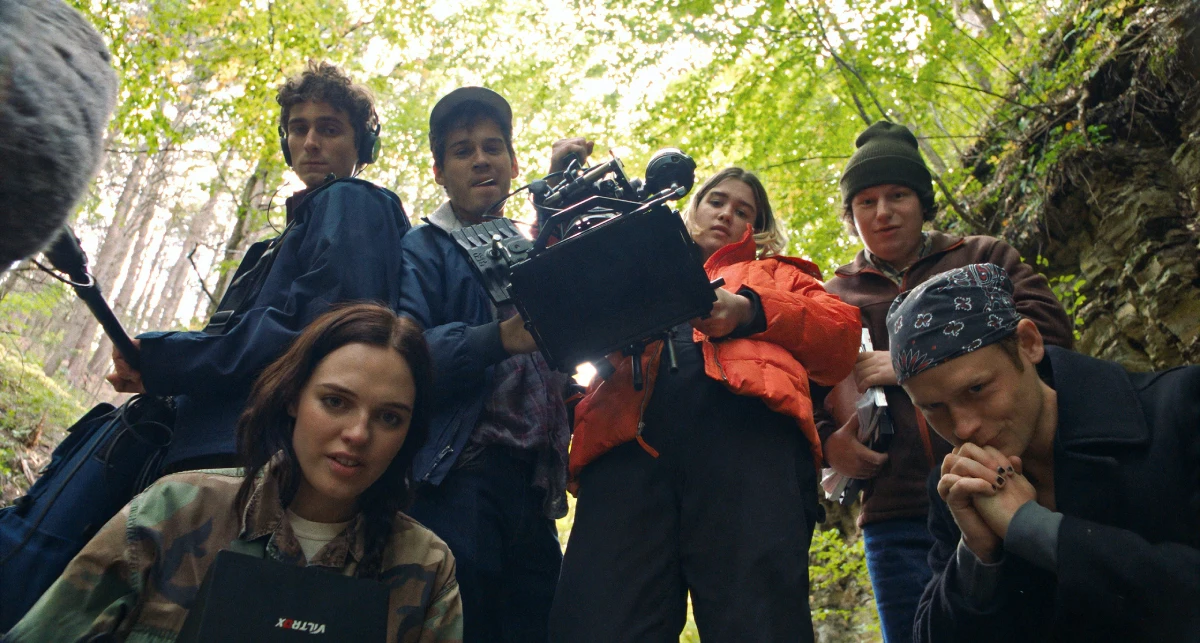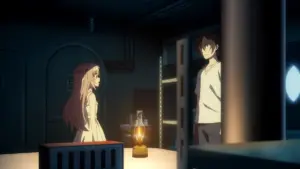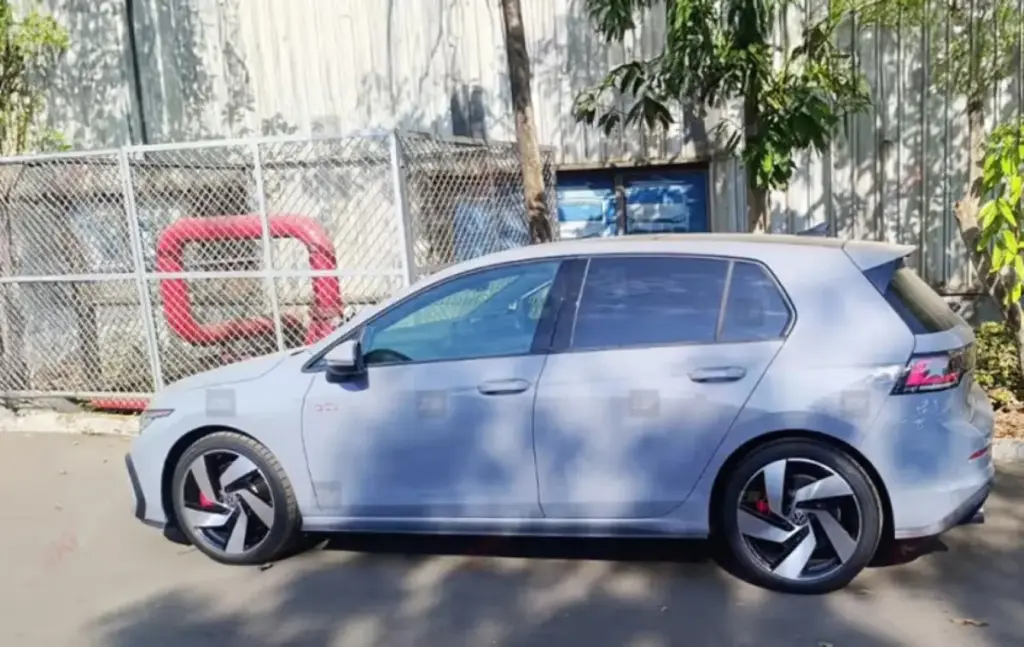Zia Anger’s “My First Film” combines documentary and feature elements to create a deeply personal visual essay that explores the exhilarating yet exhausting process of making a film. This project reflects Anger’s journey after her first film, “Always All Ways, Anne Marie,” was rejected by over fifty film festivals.
Inspired by the interactive style she developed in subsequent works, “My First Film” blurs the lines between Anger’s life and that of her protagonist, Vita. The film continuously reminds us that it is based on a “true story,” but perhaps not entirely, leaving us to question where Anger ends, and Vita begins.
Table of Contents
What Is “My First Film” About?

The opening moments of “My First Film” hit hard. Zia Anger recounts an experience where she pitched a concept to a website on the theme “female trouble.” Inspired by her mother, a mime artist who once performed a piece on the menstrual cycle, Anger pitched this idea, only to be told her approach was too “esoteric.” This rejection resonated with her, and she realized that she wasn’t meant to create “obvious” films about female experiences. Instead, she chose to revisit the making of her first film.
The protagonist, Vita, is a 25-year-old director filled with passion and a desire to create something unique. Her film follows a young woman caring for her ailing father, who leaves her hometown while pregnant to find the mother who abandoned her. Vita chooses to forgo a traditional script, relying on raw emotions instead. In hindsight, she realizes that many details are fuzzy, partly because she was often on Adderall. She casts her friend, Dina, in the lead role, seeing a reflection of herself in the character.
Navigating Challenges in the Filmmaking Process
Digital filmmaking was relatively new when Vita started her project, giving hope to many aspiring filmmakers. Vita received considerable help from her friends and family, but there were also personal distractions—namely Dustin, a boy she loved.
Dustin was a man-child who needed constant attention and often disrupted Vita’s focus. His drinking habits caused her to cancel shoots, and she eventually distanced herself from him after he impregnated her, leaving her to take the morning-after pill. The incident underscored the chaotic environment Vita navigated while creating her first film.
How Did Cash’s Accident Impact Vita’s Journey?
Vita had cast a local actor named Cash, who she believed had the potential to become a movie star. Everyone on set admired him, but during a scene requiring the actors to appear drunk, Cash consumed too much alcohol. Vita wanted authenticity, but the risk backfired. The scene turned out as she envisioned, but Cash left the set intoxicated and crashed his van 19.5 miles outside of town.
Vita kept the accident a secret from most of the crew, but eventually, word spread, and many people left the project. The incident taught Vita a crucial lesson: “no amount of real is worth someone’s life.” Cash survived, but Vita realized the importance of balancing authenticity with the safety and well-being of those involved in the filmmaking process.
The Significance of the Birthing Scene
After the crew members left, Vita assumed her film would never be completed. However, with Dina’s encouragement, she decided to finish the project using her father’s digital camera. The visual quality differed, but the priority was to tell the story.
In the final scene, Vita’s character, Anne Marie, gives birth. The twist: she is not giving birth to a baby, but to herself, symbolizing her rebirth. This moment parallels Anger’s own experiences and represents a new chapter in her artistic journey. Vita underwent two abortions, and the first left her feeling isolated until a nurse reassured her that many women have similar experiences, but rarely discuss them. Anger likens her first film to an abortion; the repeated rejections felt like abandoning a child she had nurtured.
Understanding Failure and Joy in Vita’s Creation
Throughout the film, Vita questions whether she was true to the story she set out to tell. While she related to some aspects of her protagonist’s life, there were significant differences. For instance, Vita grew up with two loving moms and was never abandoned by her mother. In the end, however, Vita does experience a sense of abandonment as she parts ways with her film, only to reunite with it under new circumstances.
Zia Anger emphasizes the importance of confronting failure in one’s creative journey. The constant rejections made Vita feel like she was alone in her struggle, but she soon learned that many others shared similar experiences. Anger encourages young filmmakers to recognize that failure is a natural part of the process and that the true joy lies in the act of creation and collaboration.
How Important Is Joy in the Creative Process?
In the film’s closing moments, Zia Anger appears alongside Vita, discussing how to conclude the film. Anger admits there is no true end to the creative process. The pain of failure persists, as does the hunger to create something beautiful. She warns that the journey will always be filled with embarrassment and tough days, but unlike the first time, you learn to live with it.
Anger suggests that the joy of creation lies in working with passionate people who care about the art as much as you do. She believes that true fulfillment comes when one creates out of joy, not despair. Each new project is an opportunity to discover a new version of one’s truth. The film concludes with a thought-provoking statement: “sometimes all you need is a body to create. However, what you create with it is up to you.”
This dialogue reflects Zia Anger’s relationship with filmmaking and her journey to redefine the art of visual storytelling.










